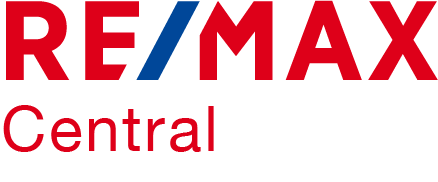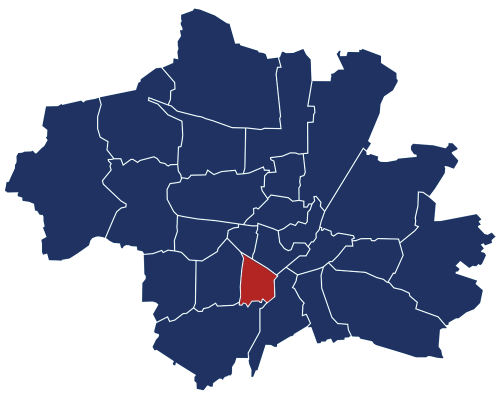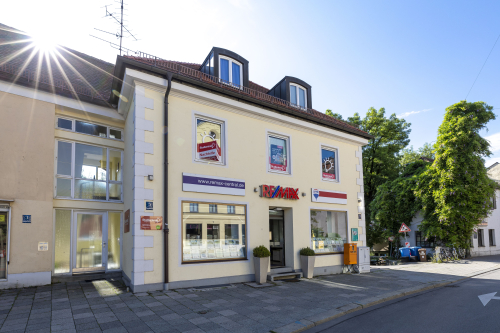Sendling
The history of Sendling.
In 782, the village was first documented as “Sentilinga.” The old village core consisted of the Sendling Church from 1315 and the farmsteads at the corner of Lindwurm and Plinganserstraße. Along the railway line, opened in October 1871, between Wolfratshausen and Rosenheim, many commercial and industrial businesses settled, leading to the construction of numerous workers’ housing developments, with housing cooperatives being founded. In 1877, Sendling was incorporated into Munich.
Sendling today
Building structure
Sendling is characterized by tenement houses and housing cooperative buildings, about a third of which were built before 1945 during the interwar period. However, since 1990, more and more of these residential complexes have been renovated. Single-family and two-family homes are primarily located in the southern part of the district, while larger rental buildings are found along the main roads. Despite the densely populated district, there is also space for recreation in its numerous green spaces, such as Westpark.
Important Squares
The Wholesale Market Hall
The economic center of Sendling is the Wholesale Market Hall, which opened in 1912 and is still the third-largest hub for fruits and vegetables in Europe. Architecturally, the Wholesale Market Hall was the largest construction project of its time, built using reinforced concrete construction methods.
The Harras
The Harras is the main traffic hub of Sendling, where several U-Bahn, S-Bahn, and bus lines converge. Architecturally, it is also very interesting, as it features buildings from different eras. Residential buildings from the year 1900 were constructed in the Art Nouveau style and decorated with stucco, while the famous post office is from the modernist period. The city of Munich decided to redesign the area to make Sendling’s transportation center more visually appealing. Through new paving, benches, and newly planted trees, the Harras is set to become a vibrant center of Sendling that also attracts pedestrians.
The Age Structure in Sendling
The largest age group is the 15 to under 45-year-olds, with a consistent increase of up to 915 people annually. However, between 2008 and 2009, there was a decrease of 336 people in this age group.

Numbers and Facts
- Area: 392.31 hectares
- Einwohner: 39.567
- Population density: 101 residents per hectare




